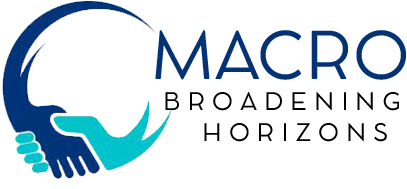With all the benefits that implementation of EHR offers, it is more of a necessity than a choice or compulsion for all the health care providers. The HITECH Act, part of the 2009 economic stimulus package (American Recovery and Reinvestment Act of 2009) passed by the US Congress, aims at inducing more physicians to adopt EHR. Title IV of the act promises incentive payments to those who adopt and use “certified EHRs.” However, on the other side, beginning in 2015, practices that are not “meaningful users” of EHRs will be subject to penalties in the form of reduction in Medicare payments.
To make “meaningful use” of EHR, physicians/practices, who have till now relied on paper charts to record and retrieve clinical information about their patients, will have to convert their paper records into electronic records. This will require substantial investments of a physician’s time, effort and money.
With over 25 years of experience in the health care industry, Macro can be your trusted partner to meet your electronic document management demands in a timely manner. Macro provides cost-effective and quality-oriented solution to convert paper records into electronic form and allocate them to the individual patient’s file to practices of all sizes.
With our policies and work ethics centrally focused on your satisfaction and accuracy of records, our electronic document management solution provides services exceeding your expectations. We focus on delivering unsurpassed quality, financial advantages, and user-friendly technology to you to help you optimize your revenues.
